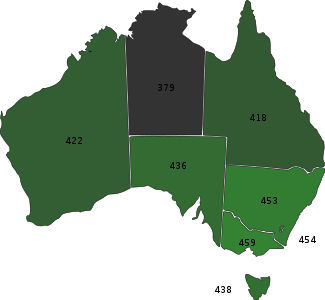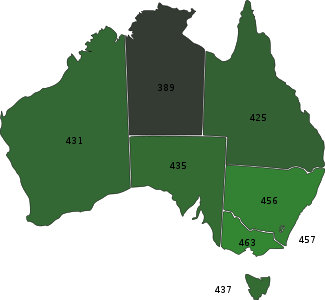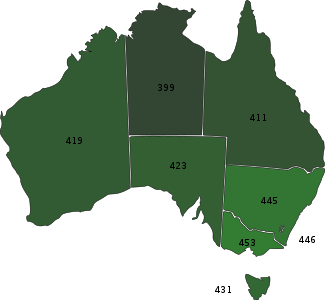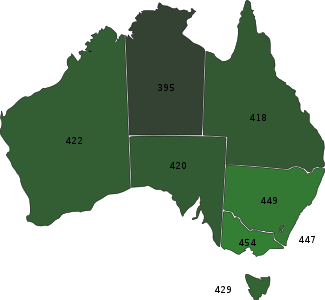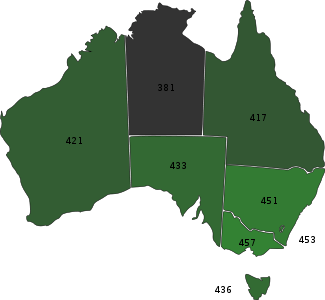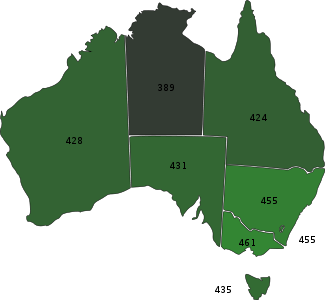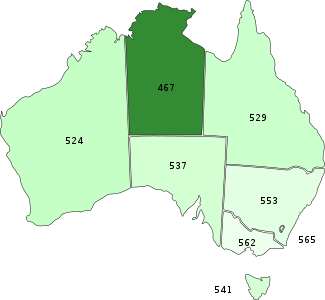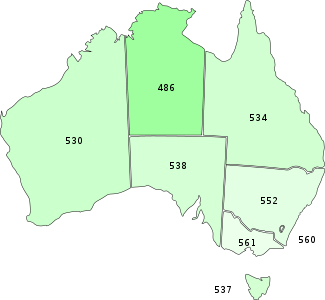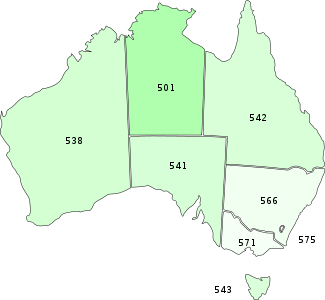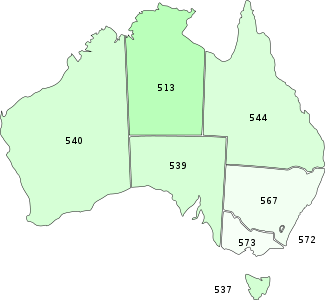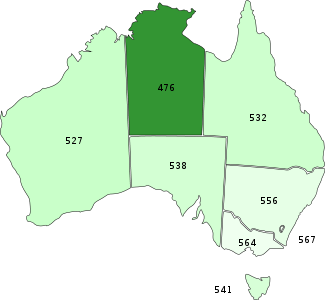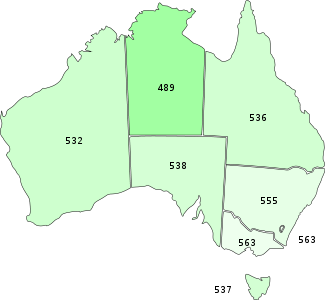Only a couple of days ago the new Industrial Technology Syllabus to be implemented for the HSC in 2010 was released. It appears they finally weaved out a lot of the bugs making it much clearer and much less ambiguous. You wouldn't think it would take them six years to do this, but turns out it did. The syllabus was not redone, rather just amended.
As for the changes... Well I guess the biggest change is the removal the Building and Construction, and Plastics Industries. I can understand the removal of Building and Construction as there is already a Construction VET course available, it's always a shame to see a subject go so bad news for plastics enthusiasts, although it's understandable when it gathers next to zero candidates each year.
The four sections of the course,
A. Industry study
B. Design and management
C. Workplace communication
D. Industry-specific content and production
have been changed to,
A. Industry Study
B. Design, Management and Communication
C. Production
D. Industry Related Manufacturing Technology.
They have also separated a lot of the preliminary content from the HSC content. This makes a lot of sense previously it appeared that you were supposed to learn the exact same content in both years. Also they have listed "Students learn about" and "Students learn to" dot points for the Major Work.
The most interesting (to me at least) changes were to that of the Graphics Industries specific content (note that they are now called technologies (collectively as focus areas) rather than industries e.g. you would now say the focus area Graphics Technologies). I support many, if not all of these changes although you get the feeling that this is what the original syllabus writers meant to be in the syllabus but simply forgot about and only now noticed that it was missing. I say this because much of the content from the previous HSC exams was based on material and content that was absent from the syllabus but has now been placed in the 2010 one. The order and categorising of this material has been redone and is much cleaner and nicer now.
For instance we now have oblique drawings (with references to cabinet and cavalier) mentioned in the syllabus along with,
- A mention of architectural drawings including plans, elevations, sections, footing details, plumbing, electrical and roofing details, council requirements, site plans, set backs, shadow diagrams, landscape plans and colour palette and material selection. Previously they just said we need to know architectural styles and details without any elaboration.
- axonometric projection
- presentation techniques now include 'fly-thoughs' and prototypes
- and equipment includes, both computer software packages AND mechanical drafting equipment rather than just either, scanners, electronic storage mediums such as external hard drives and flash drives (although they could have mentioned the common practice of storing files centrally on a file server in one place for many people to access, which is the much more common practice in the workplace), display folders, appropriate sized paper and stationary.
The Multimedia Technologies section also is much better now. It now contains the study of different types of fonts, formatting features, page layout elements for publications, features of graphics such as file formats and resolution, methods of obtaining images, image manipulation and editing, audio features such as sampling rate, file formats, analogue vs. digital, video features like frame rate compression, editing, compositing, animation techniques both 2D and 3D with references to motion capture, virtual reality, along with the world wide web, intellectual property, and the list goes on and on... Don't just go by my description here go read the syllabus document, you will be very pleased with the changes or should I say additions.
If I were doing my HSC again, I know for sure I would have a very hard time choosing between multimedia and graphics technologies. They used to be together as one industry back pre 1999, although I must admit it is too much for someone who has done neither before to master both as one 2U subject. I wish you could do both, but they can't allow that because the industry study, design and communication parts would be too common.
As for the common sections (Industry Study, Design and Management and Communication) the improvements here were good too with much more detail. But it's not just the fact that the document is more detailed, but these details are what you would expect. They are in the right direction and are things that should be included. The Design section reinforces that the major project is not just about production of something, but the design aspects that go into it. The only problem I currently have is where is this design meant to be applied. It should be in the most obvious place, but the way the syllabus refers to production makes this slightly unclear. Timber Products and Furniture Technologies would look at the design aspects of the timber products or furniture product that they were producing. But if you were doing Graphics Technologies, your product is a series of drawings and perhaps related media such as flythoughs, etc. Do you look at the design of these drawings, I would say not, rather you should apply design techniques to the thing you are drawing, whether that be a product, building or a mechanical system. I don't think this has been cleared up.
I haven't been up to date with all things related here, so I may have missed some things. But one thing is for sure that I congratulate the Board for their work on this, and I'm sure many HSC students will benefit immensely from this revised syllabus. The syllabus is in much better shape now. As for the content, well I could argue that the material from the stage 5 graphics technology syllabus is more advanced than that of the stage 6 syllabus, and this should not happen. But as long as the stage 5 course is not a prerequisite, and as long as you have less time to cover industry specific content from the stage 6 course than that of the stage 5 course, there is little that can be done.
(PS. As a self advertisment, my 2007 HSC Industrial Technology Graphics Industries Major Work in its entirety can be downloaded from my site here, http://andrew.harvey4.googlepages.com/)
